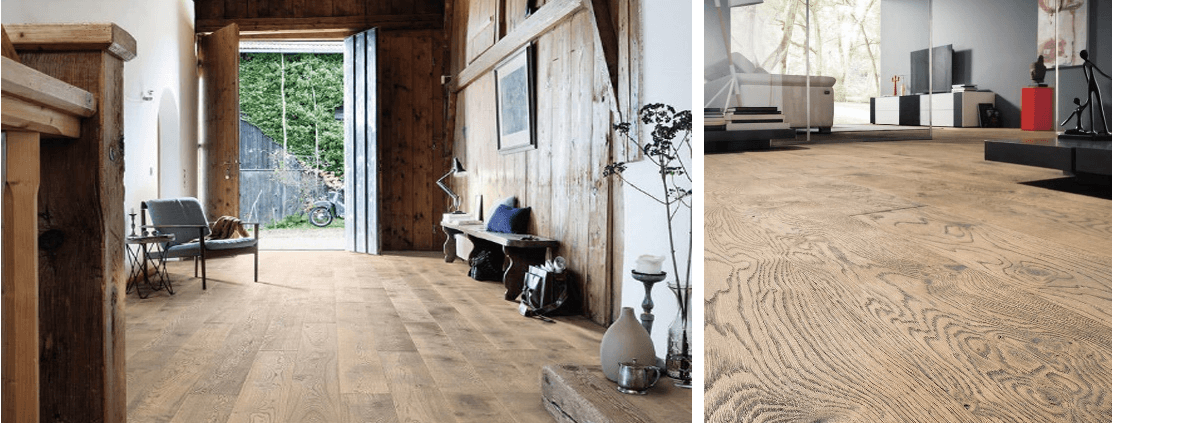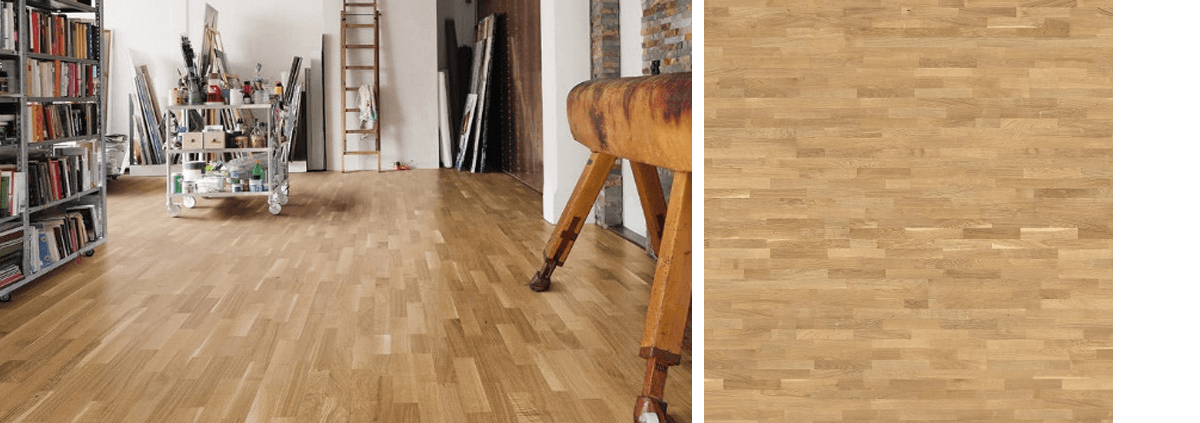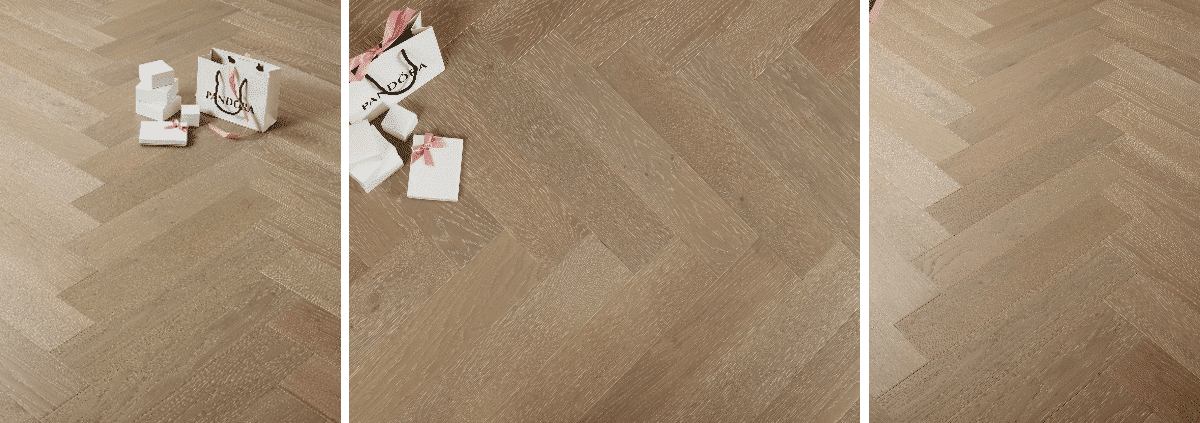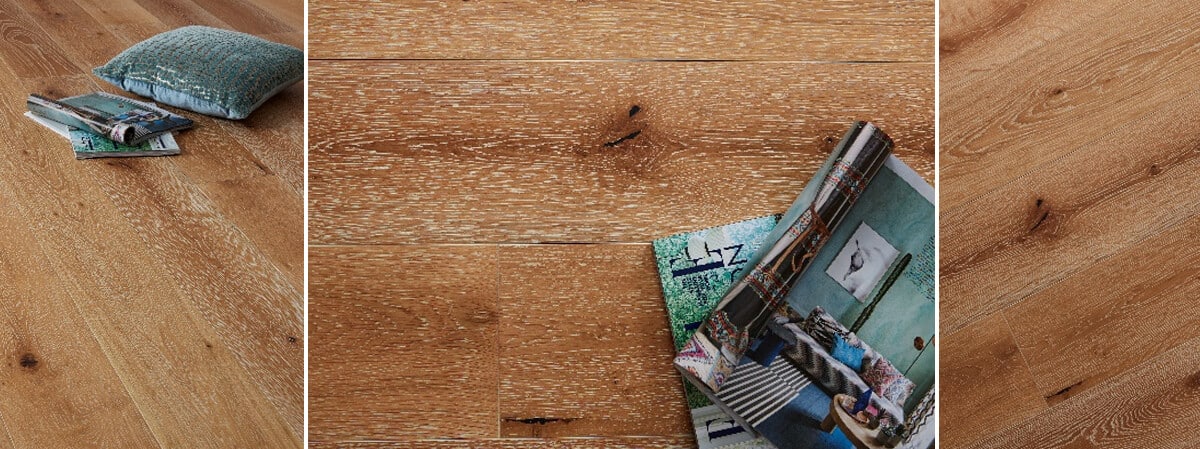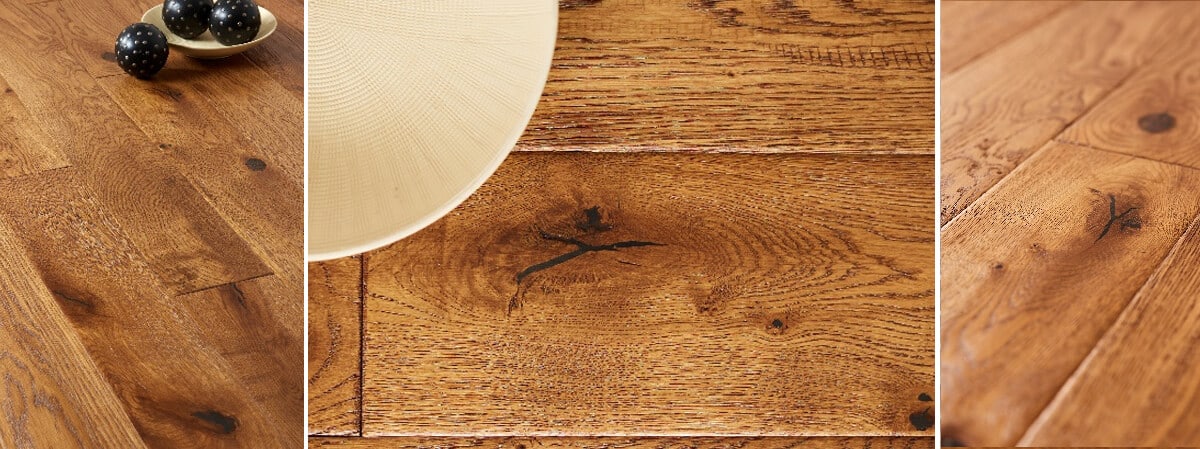floor belt sander: 7 Ultimate Buying Tips
Floor Belt Sander London: Achieving Perfect Hardwood Floors
At Nationwide Hardwood Flooring Company, we believe nothing rejuvenates aged boards quite like a floor belt sander. Whether you’re renovating a Victorian terrace or furnishing a Canary Wharf penthouse, the machine delivers speed, consistency, and professional-grade smoothness. Unlike hand sanding, a belt sander maintains a steady abrasive motion that removes finishes evenly while keeping timber flat. Every unit we deploy is regularly calibrated to prevent chatter marks and edge gouging, ensuring flawless results across London.
From sourcing sustainably milled oak to finishing with eco-friendly oils, our holistic approach centres on the performance of the floor belt sander. It allows us to restore heritage parquet in Notting Hill, install chevron planks in Shoreditch lofts, and even refine plywood subfloors in Croydon retail units without mess. By the end of this walkthrough, you’ll understand critical specifications—belt width, motor amperage, feed rate—and discover insider tricks that make each pass crisp and efficient. Keep our telephone 07940 528 315 handy and email enquiries@nhfcompany.co.uk for a free consultation once you’re inspired.
Why a Floor Belt Sander Matters to London Hardwood Projects
London’s rich architectural tapestry—from Georgian mansions in Islington to modern studios in Hackney—demands meticulous preparation, and the floor belt sander rises to that challenge every time. Unlike orbital tools that swirl on the surface, the belt sander tracks with the grain, preventing cross-scratch patterns that can dull oak’s warm sheen. Because London humidity swings between Thames-side mists and centrally heated interiors, boards expand and contract; a properly calibrated sander smooths micro-cupping without excessive thickness loss, preserving longevity.
Our technicians carry each sander up narrow staircases using padded harnesses, protecting hallways and balustrades. Once positioned, the continuous abrasive loop devours old varnish in minutes, giving you a pristine blank canvas for staining or oiling. Whether you crave Scandinavian whitewash or deep walnut tones enhanced by our Blenheim Black Walnut flooring, the tool’s accuracy sets the stage for flawless colour absorption. By combining dust-free sanding technology with low-decibel motors, we ensure neighbours enjoy peace while we transform your floors.
Components Every London DIYer Should Know
The beating heart of any floor belt sander is its high-torque motor, often rated 1.5–2.2 kW. London flats with older wiring may require our electricians to test circuits before plugging in, preventing fuse trips mid-renovation. The drive roller keeps the abrasive belt aligned, while the idler roller maintains tension so the unit glides smoothly without skipping. A precision depth-control lever lets our fitters adjust cut aggressiveness, guarding against subfloor exposure.
Dust containment is critical in tight London spaces, which is why every Nationwide unit integrates HEPA filtration and sealed hose couplings. The instant the abrasive meets hardwood, microscopic fibres try to escape; sealed bags capture 98 % of particles, protecting furniture and lungs. Finally, rubberised wheels distribute weight evenly to stop track marks on softer woods like pine. Need advice on grit sequencing? These professional tips outline the classic 40-60-80 progression that balances speed and clarity.
Top Benefits of Using a Floor Belt Sander in London Homes
- Speed: Removes up to 1 mm per pass, letting us sand a 20 m² Shoreditch living room in under an hour.
- Flatness: A wide continuous belt levels uneven boards, ideal for Soho’s high-traffic floors.
- Versatility: Swap belts from 24- to 120-grit and tackle everything from paint splatters to fine polishing.
- Dust Control: Integrated vacuum ports ensure healthy air quality—essential for asthma sufferers in Kensington.
- Cost Efficiency: Hiring our service is cheaper than full replacement, leaving budget for a plush Loch Rannoch rug.
When contrasted with random-orbit machines that leave swirl marks, the belt sander produces straight, easily stainable grain lines that make oak, walnut, or maple look richer. That crisp aesthetic has helped many Chelsea apartments achieve sale prices above market average. Combine a powerful tool with a best-practice sanding workflow and enjoy an eco-conscious floor that stands up to London’s busy lifestyle.
Choosing a Floor Belt Sander Over Other Tools
DIY forums often debate whether belt, drum, or orbital sanders yield the best finish. Professionals agree the belt variant offers the optimum mix of power, control, and surface quality.
| Feature | Belt Sander | Drum Sander | Orbital Sander |
|---|---|---|---|
| Weight | ≈60 kg (manageable in lifts) | ≈75 kg | ≈30 kg |
| Finish Quality | Fine, with grain | Risk of gouging | Swirl risk |
| Dust Control | Excellent | Moderate | Poor |
| Noise | ≈85 dB | ≈95 dB | ≈75 dB |
| Learning Curve | Medium | High | Low |
The belt sander’s ability to keep its belt flat reduces divots, saving West London clients the cost of extra filler. While drum machines remove stock faster, they can bite into soft spots, leading to patchy staining. Orbital units are safer but take three times longer, increasing labour fees. If you crave a flawless Atlantic-hued hallway, schedule our service today.
Operating Safely: Step-by-Step
- Inspect and hammer loose nails before the sander arrives.
- Plug into a 240 V circuit via an RCD adapter.
- Coarse pass with 36-grit; allow full RPM before moving.
- Medium pass with 60-grit following the grain.
- Fine pass with 120-grit; tilt slightly on start-up to avoid marks.
- Edge blending with an edge sander to reach skirting boards.
- Vacuum after each sequence to keep belts from clogging.
- Use LED inspection lights to spot shadows and re-run if needed.
- Apply oil within two hours for optimal adhesion.
- Dispose of belts responsibly; used strips make great workshop grip mats.
Always wear P3 masks and earmuffs; even the quietest belt sander emits industrial noise. Our London crew carries spare belts, carbon brushes, and fuses, so downtime is never an issue.
Preparing Your Property for a Belt Sander Visit
Move furniture to a Wembley storage pod or stack items in the garden under waterproof covers. Because the sander travels in straight lines, even small obstacles can deflect its path, causing uneven cuts. Remove doors so the unit can glide through thresholds.
Arrange a parking permit for our van, turn off HVAC vents to prevent dust ingress, and brief neighbours about the schedule—a courtesy note maintains community goodwill in boroughs like Southwark.
Our Service Process
Call 07940 528 315 or email enquiries@nhfcompany.co.uk to book a free survey. A certified technician measures moisture, checks board thickness, and demonstrates the belt sander on a small patch. You’ll receive a written quote explaining grit stages, drying times, and warranty coverage.
On the agreed date we deliver calibrated belt sanders, edge tools, and HEPA extractors. After laying barrier mats, the coarse run begins. Throughout the day we log moisture and decibel readings, ensuring the machine operates within specs. Post-sanding we polish with a 150-grit screen then apply two coats of hard wax oil. A final walk-through verifies an even 120-GU gloss.
Dust Management Strategies for London Apartments
High-rise living imposes extra challenges. To prevent elevator smoke alarms triggering, we fit each sander with a charcoal pre-filter that neutralises odours. Sealing doors with painter’s tape keeps dust from drifting into kitchens, and our crew attaches an anti-static sleeve to the hose to stop shocks.
We also deploy an air scrubber that cycles room air every six minutes. During breaks the unit is unplugged and dust bags are double-tied before disposal at Wandsworth’s recycling centre. Clients with babies appreciate that a properly maintained belt sander leaves nursery air cleaner than before work began.
Understanding Costs
Several factors dictate price: room size, timber hardness, previous finish, and accessibility. A standard 20 m² lounge averages £18/m² inclusive of labour, belts, and protective varnish. Complex parquet can rise to £25/m². We also offer discounted rates when sanding is combined with staircase refurbishment.
Hiring a belt sander alone may seem cheaper, but deposit, delivery, and belt replacement fees narrow the gap. Factor in the learning curve and risk of damage, and a professional service becomes the economical choice.
Commercial Spaces
Retail showrooms on Oxford Street rely on our overnight sanding to minimise closure time. Marble thresholds are masked to protect edges. In restaurants, the food-safe lining of our dust bags ensures hygiene compliance with Westminster Council regulations.
We also apply a moisture barrier coat immediately after sanding to protect boards from spills. Thanks to our battery-powered mini belt sander, we refurbish raised podiums where cables would trip waitstaff.
Heritage Interiors
Sanding antique parquet in Bloomsbury libraries demands an ultra-gentle approach. We dial the feed rate down and install replica belts impregnated with garnet rather than aluminium oxide, preventing over-cutting brittle mahogany. Some heritage buildings prohibit generators, so we run sanders through balanced power conditioners to avoid voltage spikes.
Before work begins, we consult Historic England guidelines and test adhesives for lead content. Our museum-grade vacuum ensures every microbead is trapped, maintaining archival air purity.
Pairing Results with Finishes
Once sanding leaves a smooth canvas, choosing the right finish enhances durability and aesthetics. Water-borne polyurethane dries in four hours, allowing the sander to buff the next morning. Hardwax oil accentuates grain liberated by the machine, delivering a low-sheen Scandinavian look popular in Richmond.
- Oil: Penetrates micro-grooves left by sanding, perfect for Balmoral engineered boards.
- Lacquer: Seals pores opened by abrasive action.
- Stain: Colours evenly because the floor is perfectly flat.
If you’re unsure, our consultant will perform test patches after the final pass.
London FAQ
How loud is a floor belt sander?
About 85 dB—similar to heavy traffic. Ear protection is essential.
Can it remove deep pet stains?
Yes, but if discolouration penetrates beyond 2 mm, multiple 24-grit passes may be required.
Will the machine damage skirting boards?
Our belt sander features side guards to prevent that.
How many times can I sand my floor?
Solid boards usually endure four cycles; engineered boards two.
Is the service insured?
Nationwide Hardwood Flooring Company carries £5 million public liability cover for every project.
Conclusion: The Belt Sander Advantage
From Kensington townhouses to Greenwich loft conversions, the floor belt sander remains an indispensable ally for perfect timber surfaces. Partner with Nationwide Hardwood Flooring Company to secure state-of-the-art equipment and craftsmanship honed across thousands of London projects. Dial 07940 528 315 or email enquiries@nhfcompany.co.uk and let precision sanding deliver the hardwood floor of your dreams.



